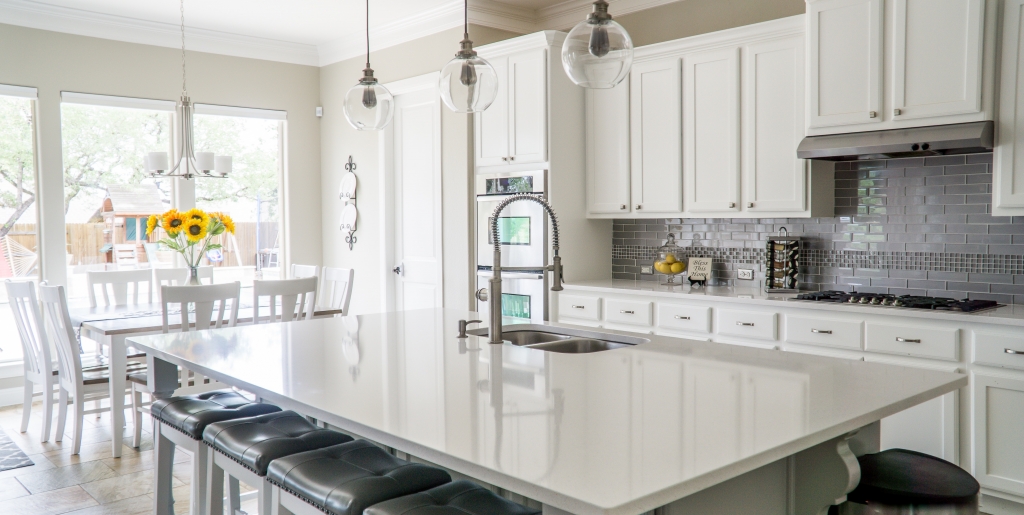Bathroom and Kitchen Faucets
@page { margin: 0.79in } p { margin-bottom: 0.1in; direction: ltr; color: #000000; line-height: 115%; orphans: 2; widows: 2 } p.western { font-family: "Calibri", sans-serif; font-size: 11pt; so-language: en-US } p.cjk { font-family: "Calibri", sans-serif; font-size: 11pt } p.ctl { font-family: "Times New Roman", serif; font-size: 11pt; so-language: ar-SA }
Remodeling a kitchen or bathroom can be an enriching experience. It also can be a downright disaster. A quick aside, your scribe embarked on this journey not too long ago with his significant other. Materials were purchased, the days blocked out, a collegial spirit was in the air, collaborating on what would be the defining project in a new home – bringing the bathrooms and kitchen up to speed.
Fast-forward a handful of weeks and the marriage was on the rocks. The entire process was sweaty, stressful, full of hiccups and unanticipated barriers. In the end the best thing would have been to simply hire a contractor and buy the bathroom and kitchen faucets ourselves instead of attempting to teach ourselves how to knock about in areas of construction we knew little about and know even less about today.
Ok, now that we got that off our chest, on to purchasing bathroom and kitchen faucets. This is a wide, wide world of options and while it might be tempting to simply show up at your local faucet dealer and pick out what is pretty, first step is to review what you have (number of holes the faucets have) to see what is compatible. If you are like us however and are starting new, that’s another story. But most people want to simply swap out the old for the new.
On the kitchen side, the faucet is situated close to the middle of the sink, and if it is a double sink and mounted on one end (either the left or right end) then whatever new faucet you put in you’ll need to make sure the spout can reach the other side of the basin. This is a big mistake many make, don’t let it be you!
Next, be it bathroom or kitchen, double-check the water lines before doing anything. Look under the respective sinks of both and make a mental note of the existing set up. Shut-off all valves and when it comes to the kitchen, the standard are 3/8th inch flex lines. If you have existing valves of ½ inch, then you’ll need to change them to 3/8th valves. The reason being is old valves are likely to fail so starting with everything new is recommended.
On the construction side, the most popular material for making kitchen and bathroom faucets are plastic, zinc alloy, brass and stainless steel. Plastic, as with most things plastic, cost less as they are not as durable. A decent choice on a tight budget, but not recommended. Metal faucets are serviceable and cheaper, but again, not great for the long-term. Ball-type faucets come equipped with diverse parts and because there are so many parts they can fail easily. The latest technology in the faucet world are ceramic disc cartridges that work great, comprised of two ceramic discs where one is fixed and the other one rotates.
We warned you, a wide world of faucets awaits, but don’t put a strain on your marriage. Get a contractor and work in unison, it will be the smartest decision you ever make.


I recently got my kitchen remodeled and it looks so beautiful! I have a personal preference of using stainless steel faucets. They are of good quality and last longer than other ones but that is just my opinion. I am sure everyone has their own choice but hey, this is some really amazing service. My first time was definitely hell of an experience, getting an almost new kitchen just gave my entire house an upgraded look